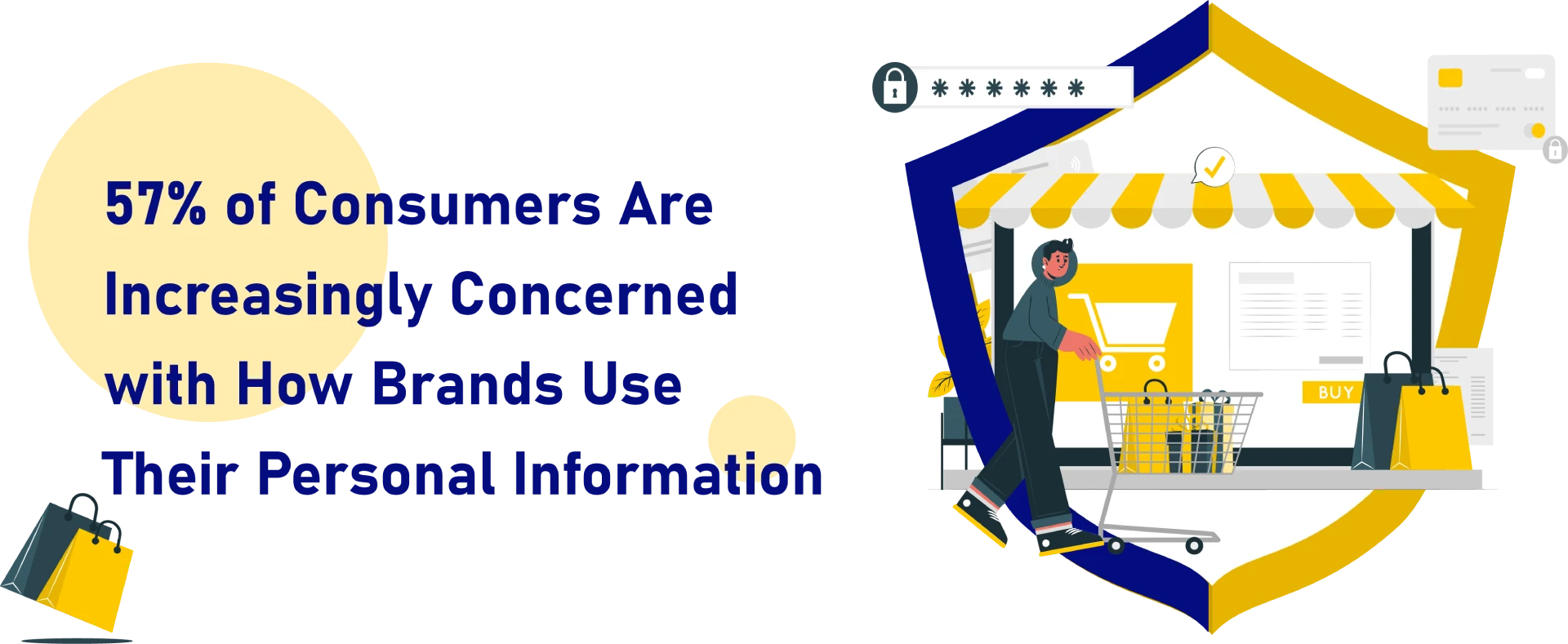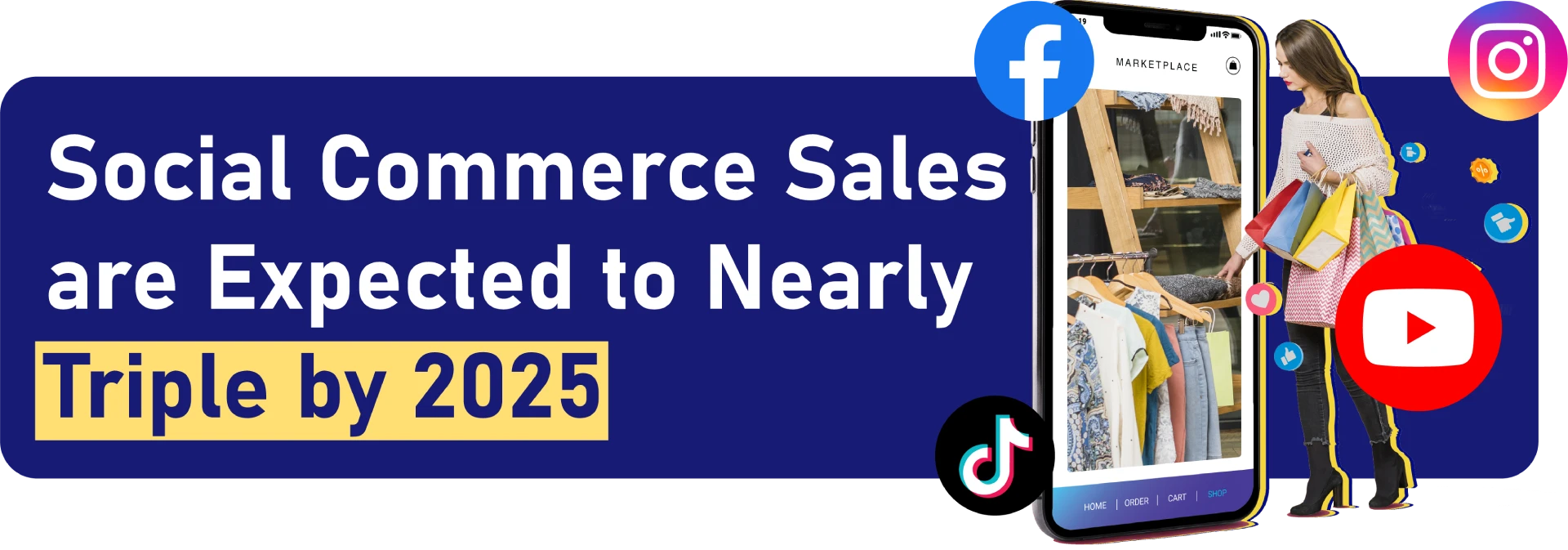Emerging Trends in the Ecommerce Fashion Market in 2023
31-Aug-2023
The fashion industry is undergoing significant change due to the impacts of digital innovation, increasing globalization, and shifts in consumer purchasing behaviors. However, the industry is also facing challenges in the form of rising inflation and pressures on supply chains, which are contributing to an unprecedented level of unpredictability.
In this article, we delve into the latest statistics and emerging trends that are shaping the landscape of the e-commerce fashion market both in 2023 and the foreseeable future.

The Growth of the Secondhand Apparel Market
The secondhand apparel market is growing rapidly. In 2022, the market grew 24% and is expected to reach a valuation of $218 billion by 2026.
North American consumers are leading the trend, with the secondhand apparel market growing eight times faster than the overall apparel market in the region. This growth is being driven by technology and online marketplaces, which make it easier for consumers to shop secondhand. In fact, 70% of consumers say it is easier now to shop secondhand than it was five years ago.
The secondhand apparel market is also having a positive impact on the environment. In 2021, secondhand apparel displaced nearly one billion new clothing purchases. This means that secondhand apparel is helping to reduce the amount of clothing that ends up in landfills.

The Rise of Personalization in E-commerce
Personalization is a powerful tool that can be used to improve the customer experience in e-commerce. However, it is important to use personalization carefully, as too much personalization can be seen as creepy or invasive.
A study by Shopify found that 44% of customers are okay with brands using their personal information to personalize messaging and improve the customer experience. However, the study also found that 57% of customers are increasingly concerned about how brands use their personal information.
The key to successful personalization is to find the right balance between being helpful and being creepy. Brands should use personalization to provide customers with a more relevant and personalized experience, but they should also be transparent about how they are using customer data.

The Demand for Sustainable Fashion
The fashion industry has been criticized for its environmental impact. Fast fashion brands, in particular, have been accused of using unsustainable practices, such as using harmful chemicals and producing large amounts of waste.
Consumers are becoming more aware of the environmental impact of the fashion industry, and they are demanding more sustainable options. Recent study shows that 52% of shoppers are more likely to purchase from a company with shared values, such as sustainability.

The Growth of Social Commerce
Social media is a powerful tool for online fashion brands. It allows them to reach a large audience, engage with potential customers, and drive sales.
In recent years, social media platforms have been evolving their business models to facilitate in-app shopping. This means that users can now shop directly from their favorite social media platforms, without having to leave the app.
This is a major shift for the fashion industry, as it makes it easier for consumers to discover and purchase new products. It also gives brands a new way to reach their target audience and drive sales.
Livestream shopping is also becoming increasingly popular. This is where a brand hosts a live video on social media and allows viewers to purchase products directly from the video. Livestream shopping is a great way for brands to connect with their customers and build relationships.




The Future of Omnichannel Retail
The shopping experience has become more complex, especially in the fashion space. This is because consumers want both online and offline shopping experiences. For example, 22% of online returns happen because the product ordered online looks differently in the flesh. This is driving many fashion brands to invest in brick-and-mortar retail.
Shopify’s recent report shows that 54% of consumers are likely to look at a product online and buy it in a physical store. 53% of consumers envision themselves doing the opposite: viewing products in-store and buying them online. 55% of consumers want to browse products online and check what’s available in local stores. Over 50% of adult shoppers use BOPIS, which stands for buy online, pick up in-store. 67% of these shoppers add extra items to their carts when they can pick them up immediately.
These investments in brick-and-mortar retail show that omnichannel commerce is not disappearing anytime soon. Consumers want both online and offline shopping experiences, and brands that can provide a seamless experience between the two will be the most successful.





